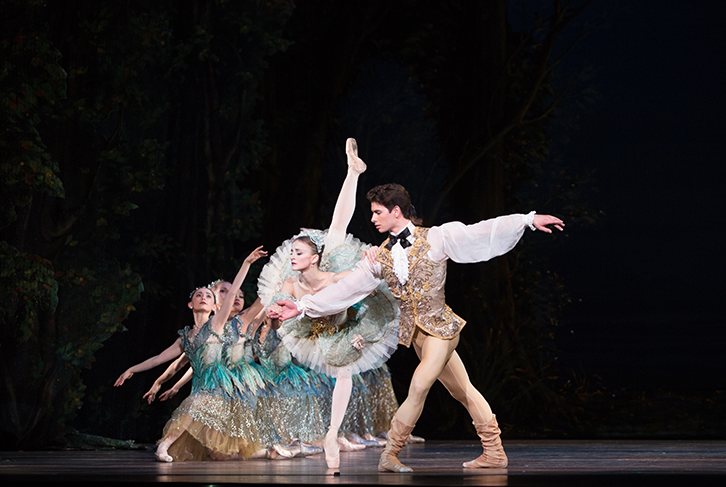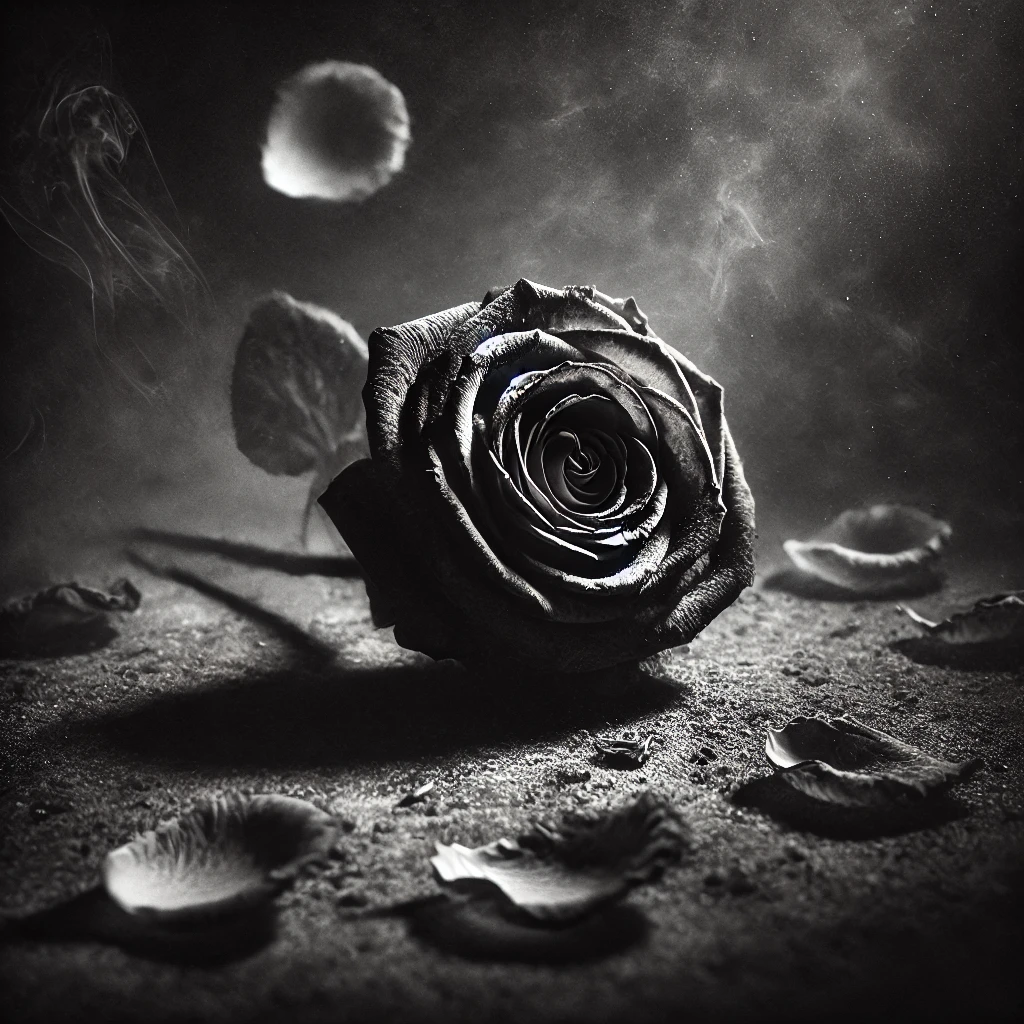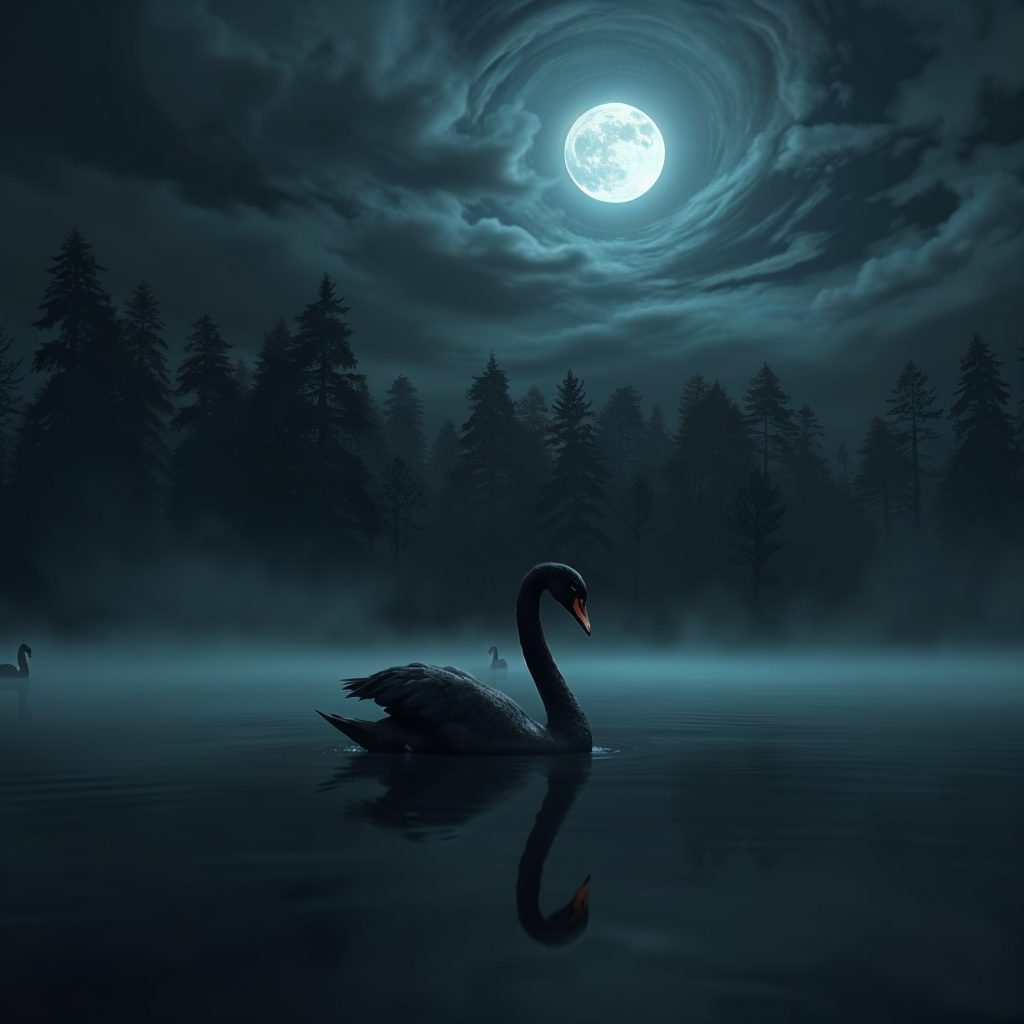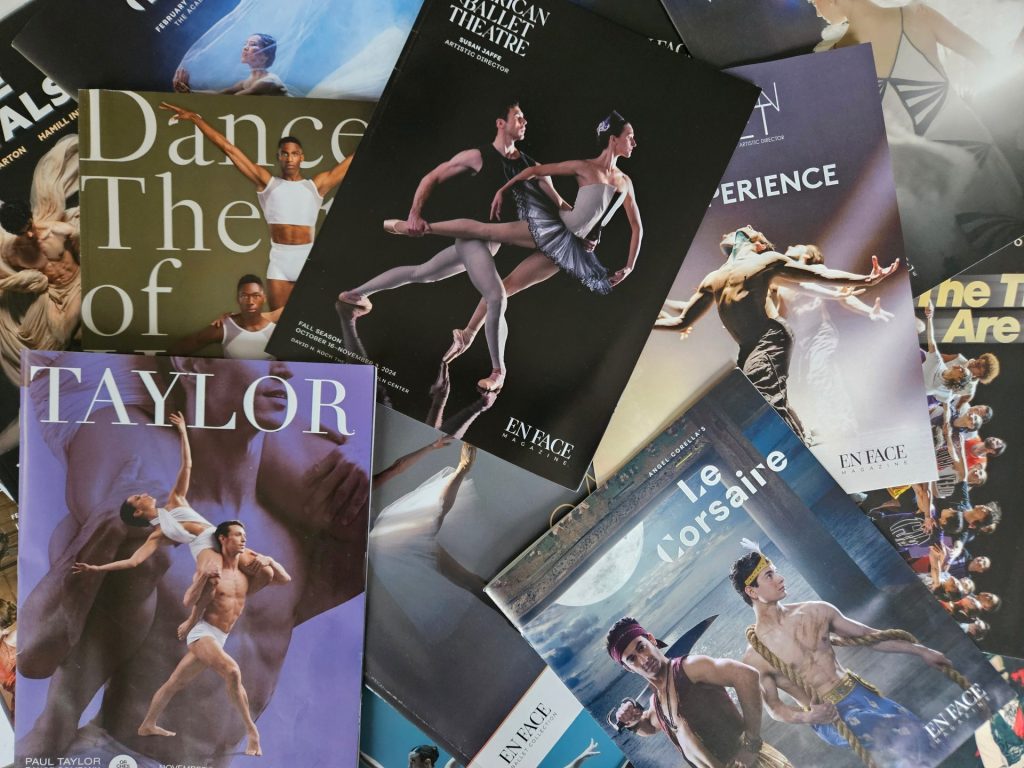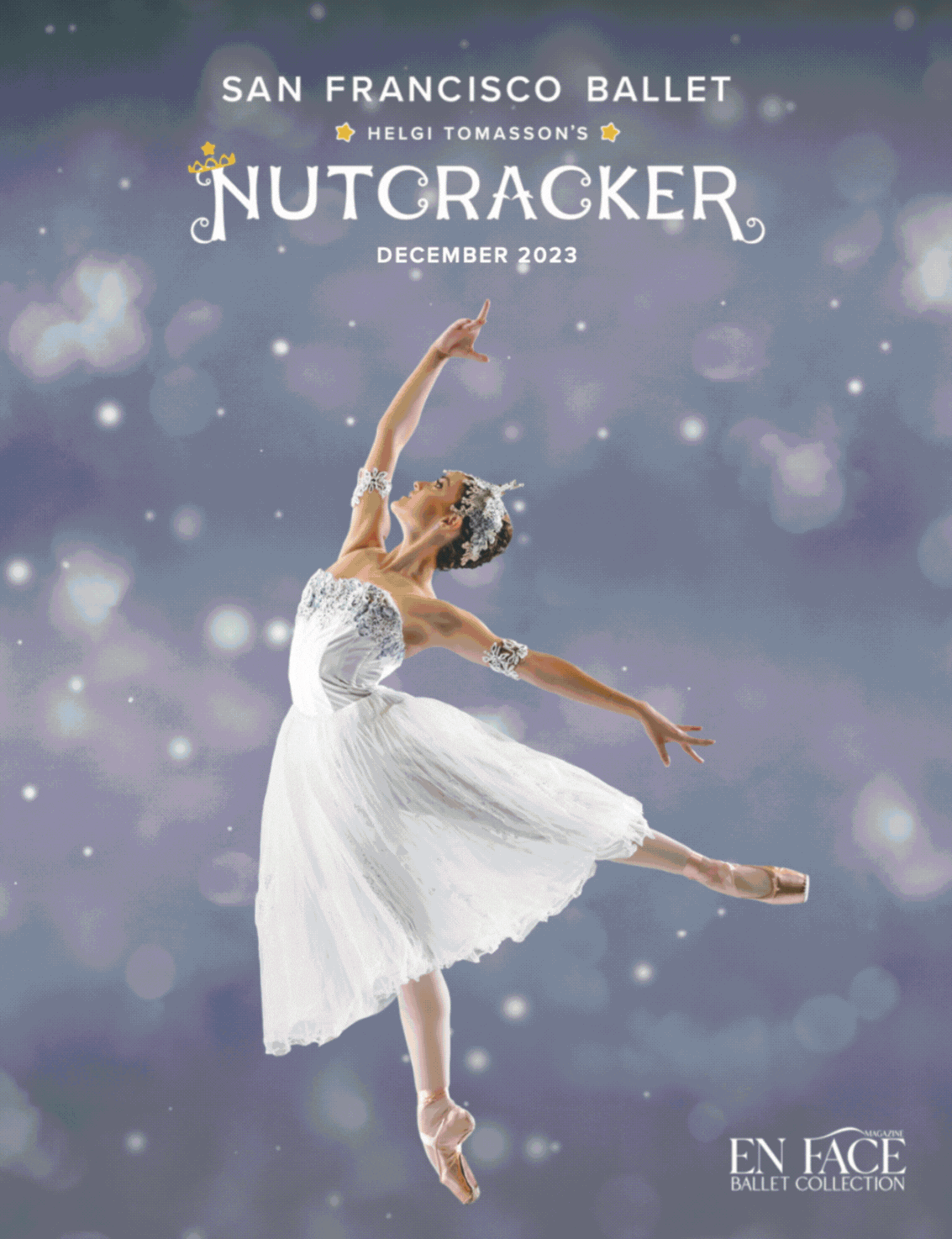The Sleeping Beauty (1888-1889) is the second of Tchaikovsky’s three full-length ballets and was composed a full thirteen years after the groundbreaking, but poorly received, Swan Lake. Fresh off the premiere of his also unappreciated Fifth Symphony, Tchaikovsky was approached by Ivan Vsevolozhsky, director of the Imperial Theater in St. Petersburg, regarding a new ballet about Undine with choreography by Marius Petipa. Tchaikovsky accepted the commission but dragged his feet for two years. Finally, Vsevolozhsky cleverly suggested changing the subject to The Sleeping Beauty. Petipa and Tchaikovsky readily embraced the new subject and most of the music was composed in approximately forty days.
Although based on a classic tale, The Sleeping Beauty is innovative in many ways. The story unfolds in four sections (rather than the usual three), including a prelude and three acts. Inspired by Adam’s Giselle, Tchaikovsky represents the principal characters with musical themes (leitmotifs) and in the overture he foreshadows the impending battle between evil (Carabosse) and good (The Lilac Fairy). Each of the fairies’ variations showcases colorful and unusual combinations of instruments to illustrate their unique gifts to the baby princess. The final act of The Sleeping Beauty presages Act II of The Nutcracker: the storytelling mostly done, it is a celebration of dance, complete with cameo appearances by beloved fairy tale characters.
Like both Swan Lake and The Nutcracker, The Sleeping Beauty received a lukewarm reception. Matters were not helped when Tsar Alexander III wanly declared it “very nice.” But the ballet became popular in the decade after Tchaikovsky’s death, and since then The Sleeping Beauty has had a profound effect on generations of dancers and dance-lovers. Seven-year-old Igor Stravinsky attended the opening night and declared Tchaikovsky to be his hero. The work inspired both Anna Pavlova and George Balanchine to devote their lives to ballet. Critic Arlene Croce summed it up: “It is the grandest classic a company can own.”
— Beatrice Jona Affron
This article was first published in the The Sleeping Beauty playbill. It is published here courtesy of Philadelphia Ballet. Click here to learn more or read the entire playbill.

